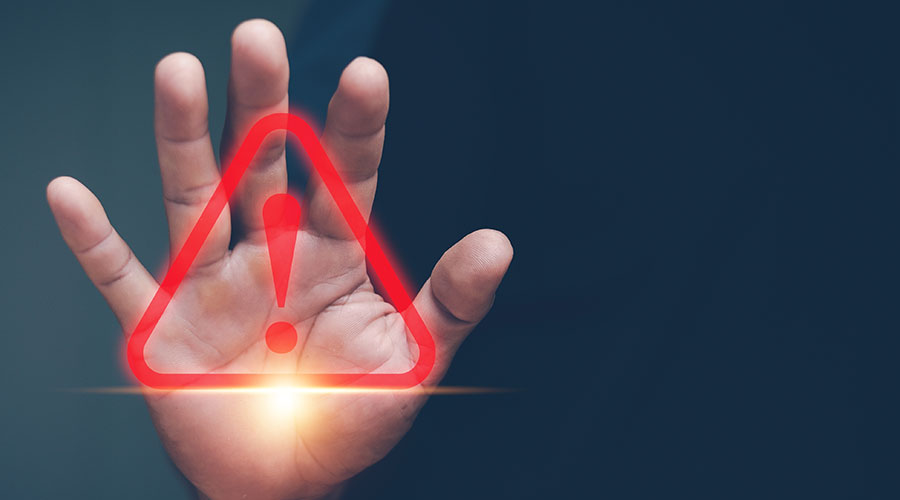Five studies, covering both clinical and preclinical results, providing insight into the mode of action of non-invasive vagus nerve stimulation (nVNS) were presented at the American Headache Society (AHS) annual meeting (June 9-12). There is growing scientific consensus that the effect of vagus nerve stimulation on primary headache can be demonstrated via a number of underlying mechanisms of action (MOA).
The first clinical study, from researchers at the Headache Research Unit of the University of Liège in Belgium, found that nVNS, using electroCore’s gammaCore device, is effective in stimulating the afferent vagal fibers (the nerve cells which carry the signals to the brain). The study concluded that, “The therapeutic effects reported with gammaCore® in primary headaches can thus be mediated by genuine activation of vagus nerve afferents.”
The same academic group from the University of Liège also presented the results of their clinical study into the effects of nVNS on habituation deficit, a phenomenon that is frequently observed in migraine patients, that is associated with a hyperexcitability state in the brain. By observing changes in response to visual evoked potentials[1] (VEP), and correlating the results with the clinical benefits observed among migraine patients, the group demonstrated that using the nVNS gammaCore device is associated with modulation of corticothalmic circuits in the brain, bringing their function back into the normal range. The next stage in this ongoing research is to determine if nVNS has a long-term effect, and if this normalization is truly predictive of therapeutic response.
Another study from researchers at The City College of New York and the UCSD Center for Pain Medicine in San Diego was conducted in a computational model. The study showed that nVNS can produce electric fields and/or electric field gradients at sufficient amplitudes and depths within the neck to stimulate afferent fibers in the vagus nerve. The researchers concluded that, “The many clinical benefits of VNS with a surgically implanted stimulator can now be achieved non-invasively without the cost (around $30,000) and morbidity associated with an implanted stimulator".
The final two presentations were of pre-clinical studies investigating the MOA of VNS in animal models of pain. The first study, from the NYU College of Medicine and Dentistry, investigated the effects of VNS on acute intracranial head pain. Their findings suggest the mechanism for the previously reported efficacy of nVNS in the abortive treatment of cluster headache by proving that stimulation of the cervical branch of the vagus nerve inhibits the activation of pain receptors in the main facial nerve. The researchers also suggested that their study could “validate this model of acute intracranial pain as a translational approach to optimize therapeutic efficacy,” meaning that their findings can be applied to clinical studies into nVNS and primary headache conditions.
The second study, from Missouri State University, found that nVNS can stop the activation of sensory neurons implicated in the underlying pathology of migraine and temporomandibular joint disorders (TMJ). This study further confirms the results previously reported by Michael Oshinsky (Pain, 2014), which demonstrated the ability of nVNS to suppress excessive glutamate (an excitatory neurotransmitter associated with neuronal hyperexcitability, which is implicated in migraine and other pain conditions). Consequently, the researchers concluded, “VNS may be useful as a nonpharmacological therapy for treating episodic migraine and inhibiting pain associated with TMJ Syndrome (pain in the jaw bone)”.

 The Effect of Over-Cleaning on Human Health
The Effect of Over-Cleaning on Human Health Rumored Terror Threat to Hospitals Prompts FBI Warning
Rumored Terror Threat to Hospitals Prompts FBI Warning Ground Broken on New Johns Hopkins All Children's Hospital
Ground Broken on New Johns Hopkins All Children's Hospital States Move Forward to Better Protect Senior Citizens
States Move Forward to Better Protect Senior Citizens Archer and REDA to Transform Newport Beach Building into Outpatient Center
Archer and REDA to Transform Newport Beach Building into Outpatient Center